| Weight | 2 kg |
|---|---|
| Dimensions | 25.5 × 33.5 × 3 cm |
Knöpfe (El subconsciente por sobre la razón) | Magdalena Isaacson Labarthe
This delicate piece was requested to be exhibited overseas, and because of this its development happened in very different conditions from the others. With a profoundly incorporated technique and a small timeframe to explore, Isaacson concentrated all of her resources reaching a new personality in her work. The finishing touches in the composition, diagramation and page makeup revealed a step from intuition to an unmistakably personal style. The literary experience of this piece is sustained by the authenticity of its personality. The relationship between image and object is even closer, and widen the interpretation to a state where the emotional and timeless, seem to bring back memories or dream instants of the person handling this book.
$2,380,000 Pesos chilenos (CLP)
In stock
About the author
Visual weaves and cellular poems vibrate in Magdalena Isaacson’s books objects. In each one of them, as an organ of a literary body, there’s a language that opens multiple visions both beautiful and sinister. From an intense graphic DNA, she gives life and a personality to visceral meditations of a sequence that seems to be the expression of private diaries displayed with comfort and courage.
Magdalena´work is the sum of many creative gestures and tireless processes, as it is the accumulation and categorization of two and threedimensional objects, added to drawings and graphic expressions that give her work a forceful richness. In design school, she focused her ability and passion for composition and its infinite solutions, and in gestural theatre, she found a complement in the idea of a design that is alive: “Because everything goes through the body, its emotions and reflections… in the theatre, everything is art and exposes you fully”. So, from the stage her creative language expanded, objects became alive and the reflection between textures was more revealing than ever.
In 2009, Magdalena received an invitation to participate in the surrealistic movement El Umbral Secreto (Secret Threshold), a platform that opened different spaces where to show her jewellery or wearable ready-made pieces, both in Chile and other countries. She added the book to her work, as a resource and also content. In 2011 the book of shreds, the terminally ill book, became a new raw material with which she works with unrestrictedly until today.
She has created more than 10 pieces that travel through almost thirteen years and different development processes. Nowadays, with Velcro Ediciones, she takes all her resources (objects-poetry-graphics-spaces) and combines them with documentary work, in a quest to widen her visual tale to an even more acute language, connected and aware of the social contingency.
Magdalena Isaacson’s work grows and mutates constantly, as a being of its own, detached from structures and captivity, silent and captivating.
Video
This delicate piece was requested to be exhibited overseas, and because of this its development happened in very different conditions from the others. With a profoundly incorporated technique and a small timeframe to explore, Isaacson concentrated all of her resources reaching a new personality in her work. The finishing touches in the composition, diagramation and page makeup revealed a step from intuition to an unmistakably personal style. The literary experience of this piece is sustained by the authenticity of its personality. The relationship between image and object is even closer, and widen the interpretation to a state where the emotional and timeless, seem to bring back memories or dream instants of the person handling this book.
Technical Specifications
Author: Magdalena Isaacson Labarthe
Technique: collage and mixed techniques
Format: unfolded fabric book
Publisher: self-publication
Dimensions: 15 x 22 cm (closed), 15 x 130 cm (opened)
Print run: one of a kind
Language: spanish
Collections: –
Year of publication: 2011
Related products
-
-
-
-
-
-
-
diariodeunalguien Pt. 1 Typewriting edition| Sebastián Arancibia
$200,000 Pesos chilenos (CLP)




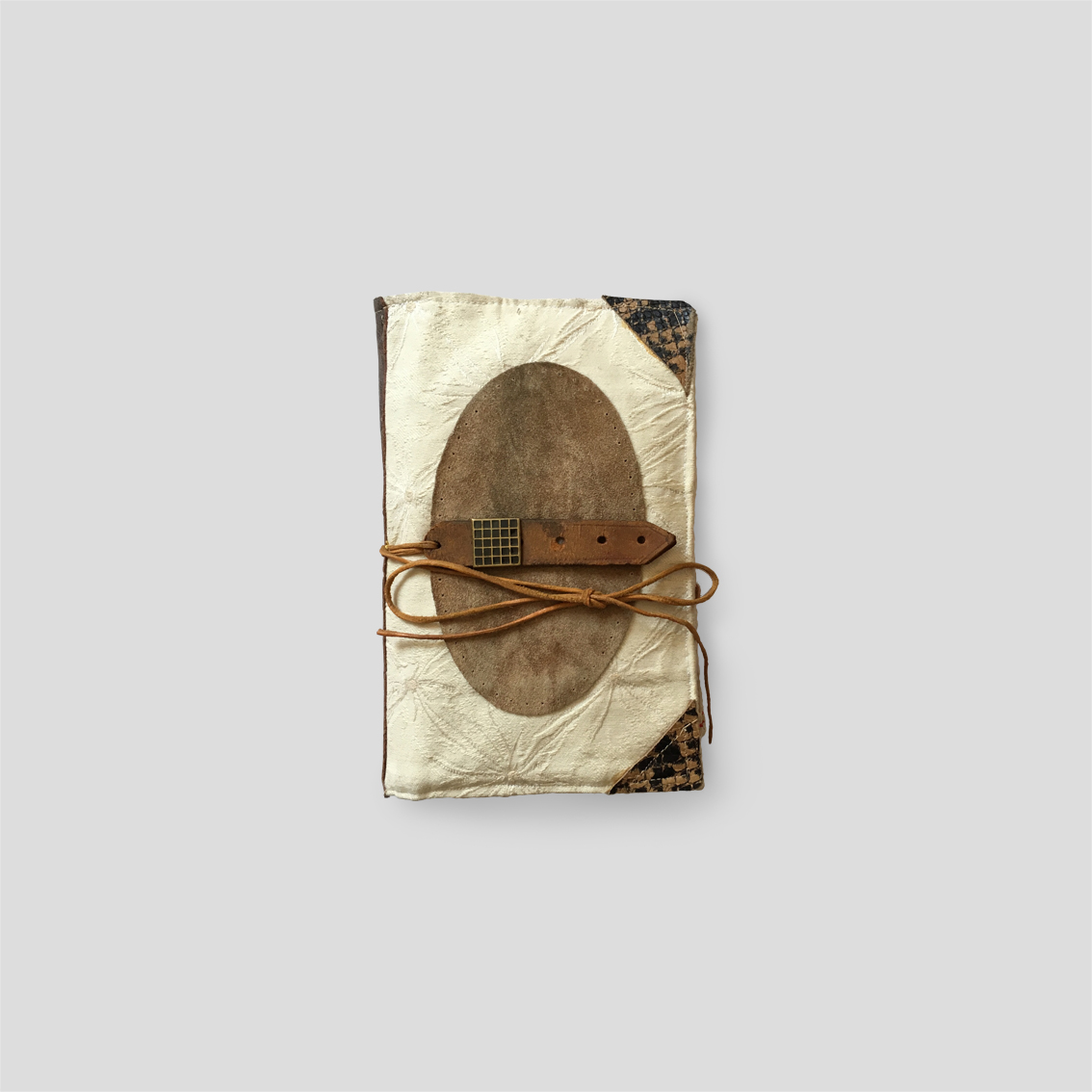




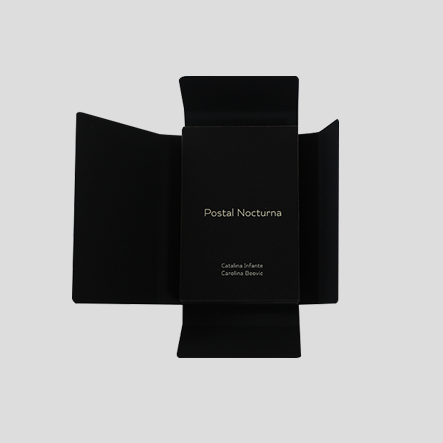
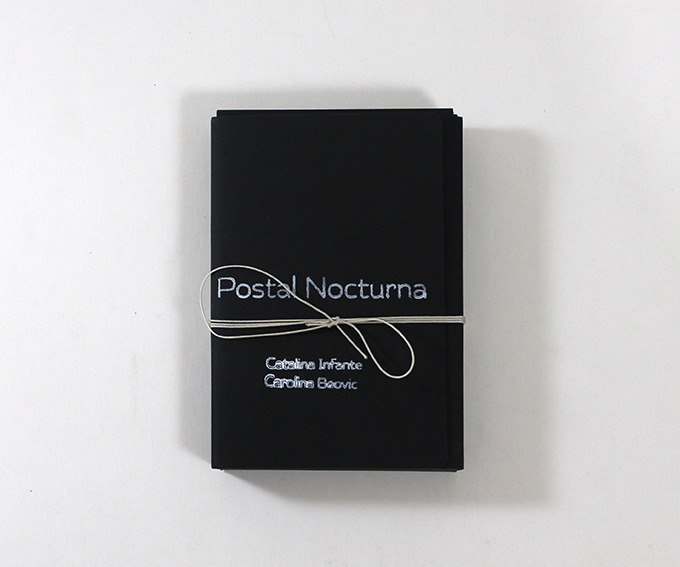
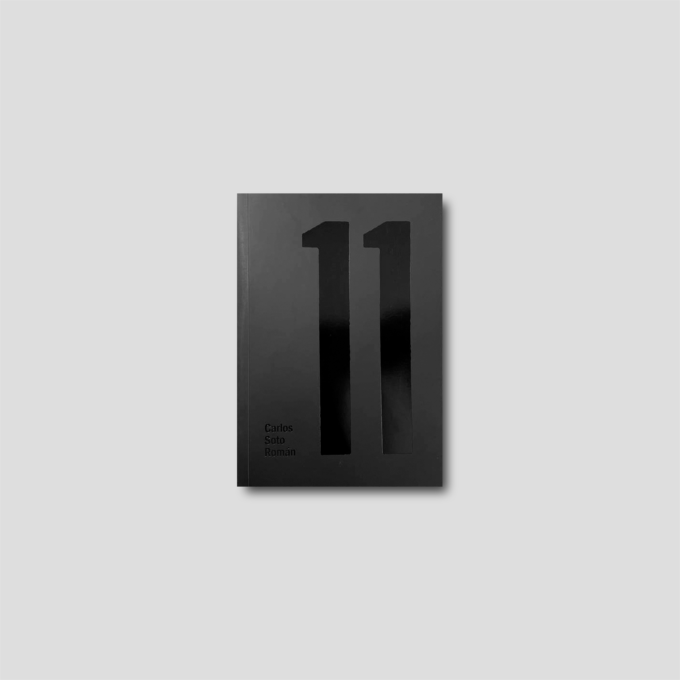
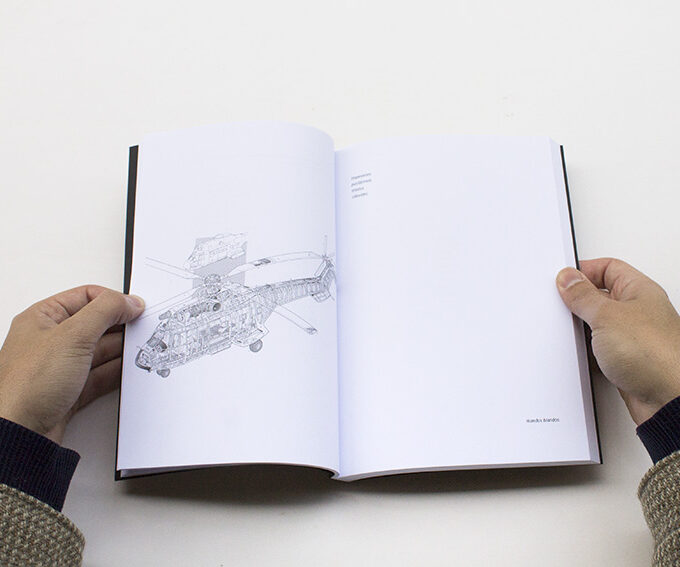
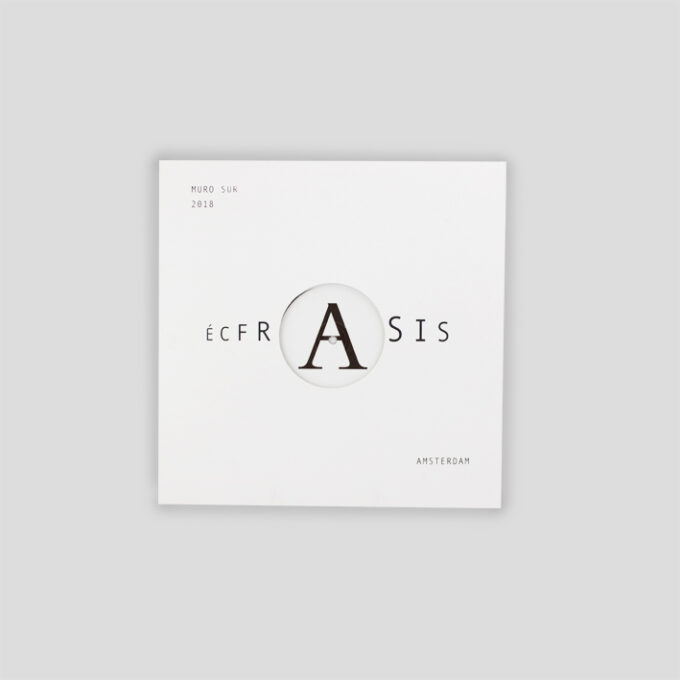

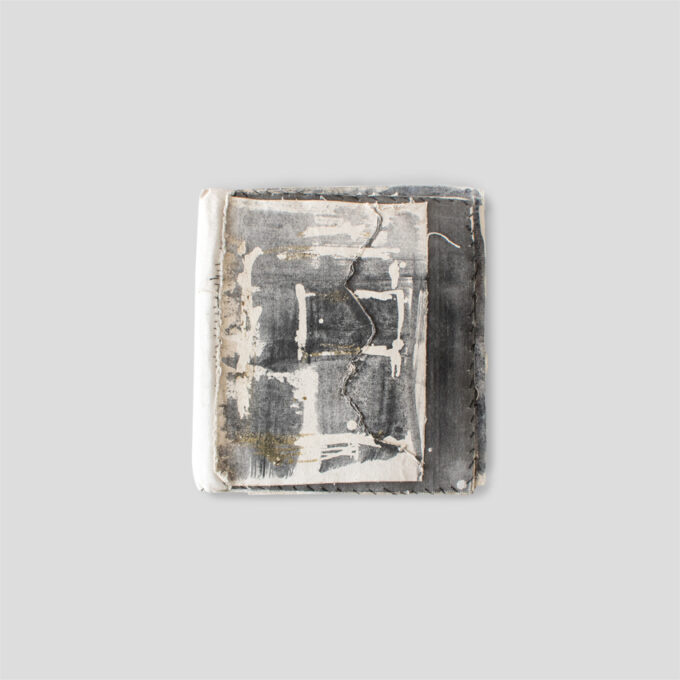
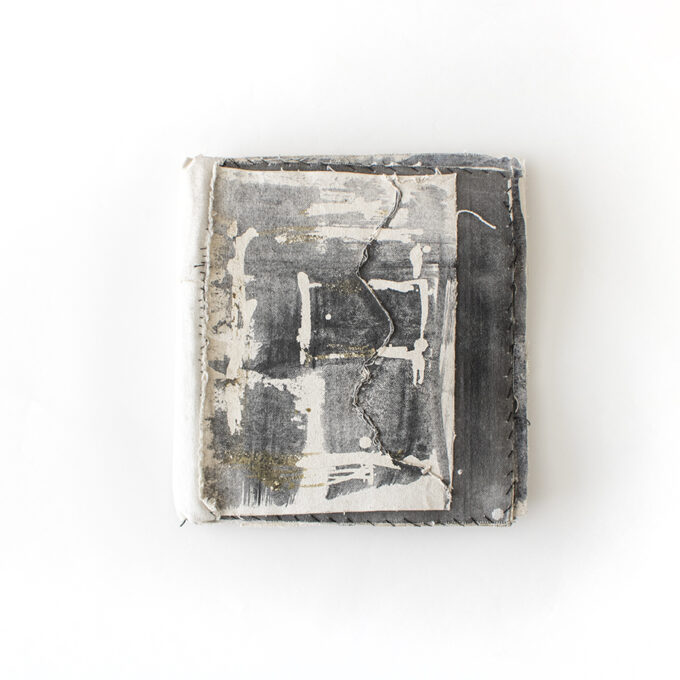

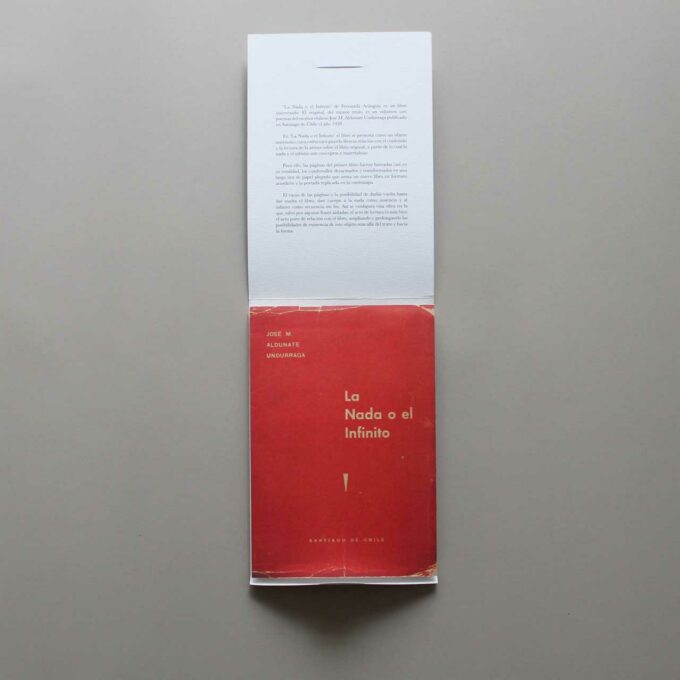


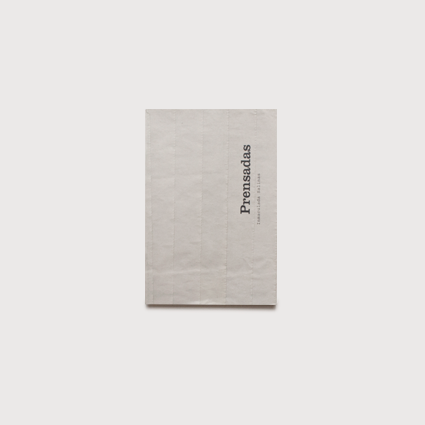
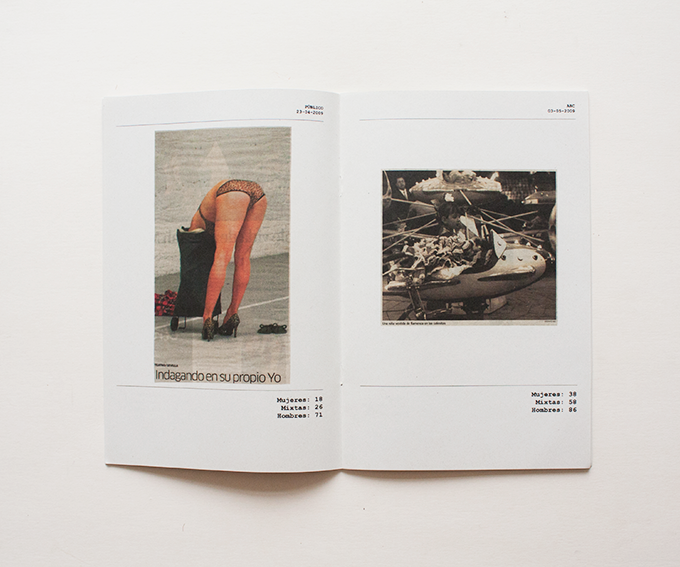
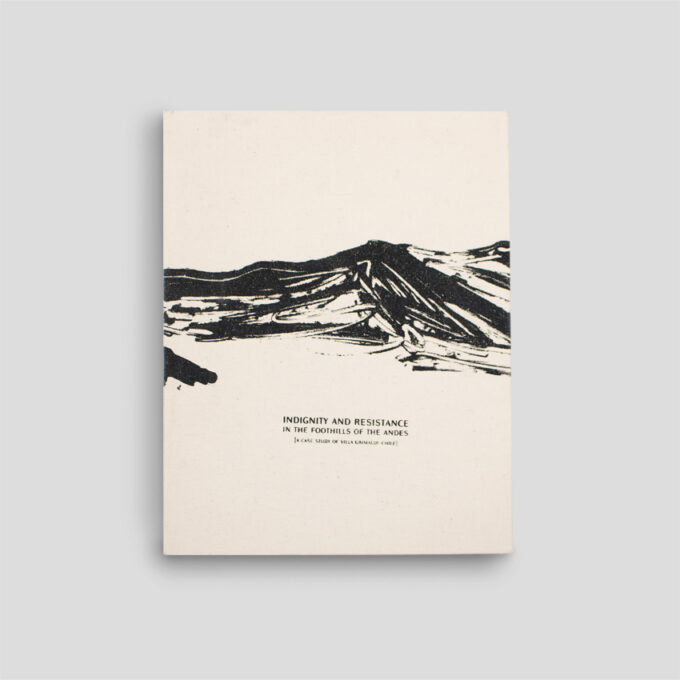
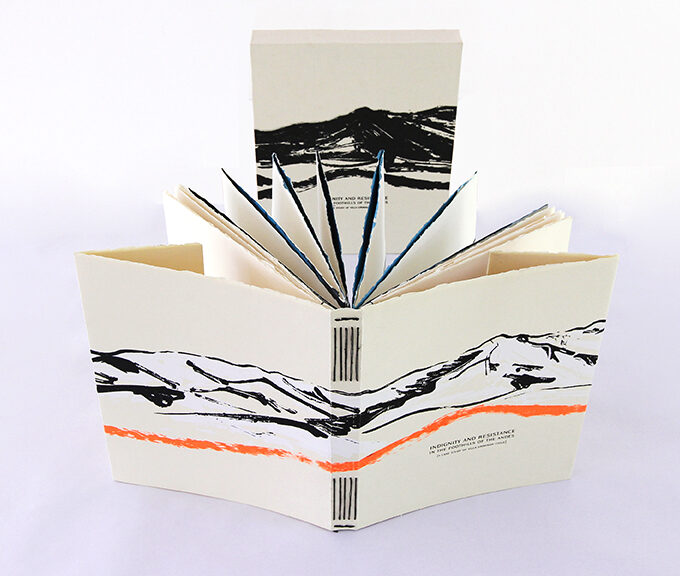

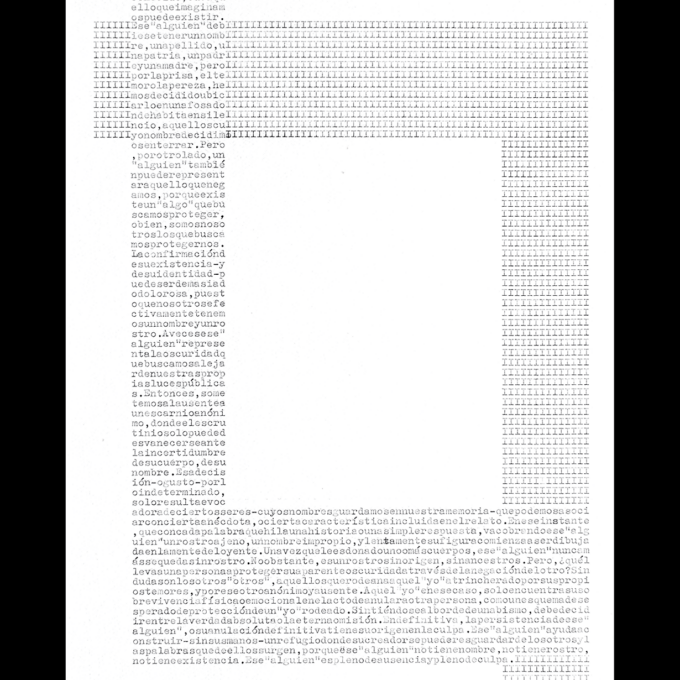
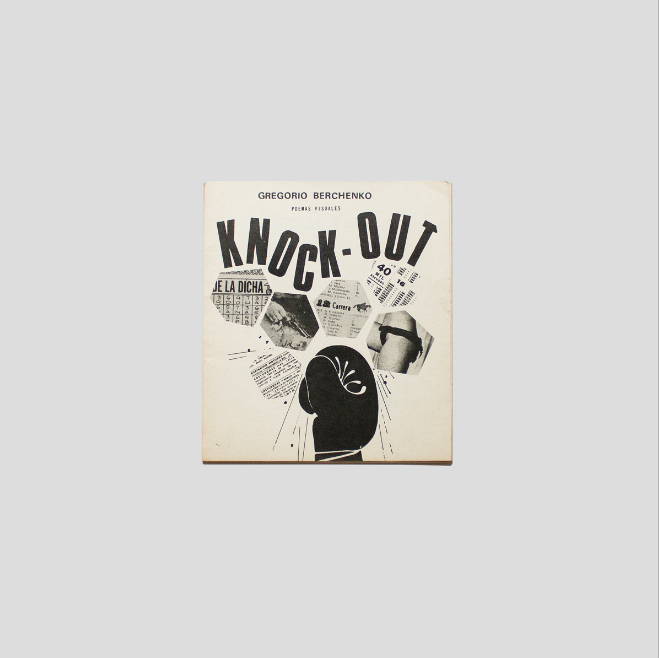
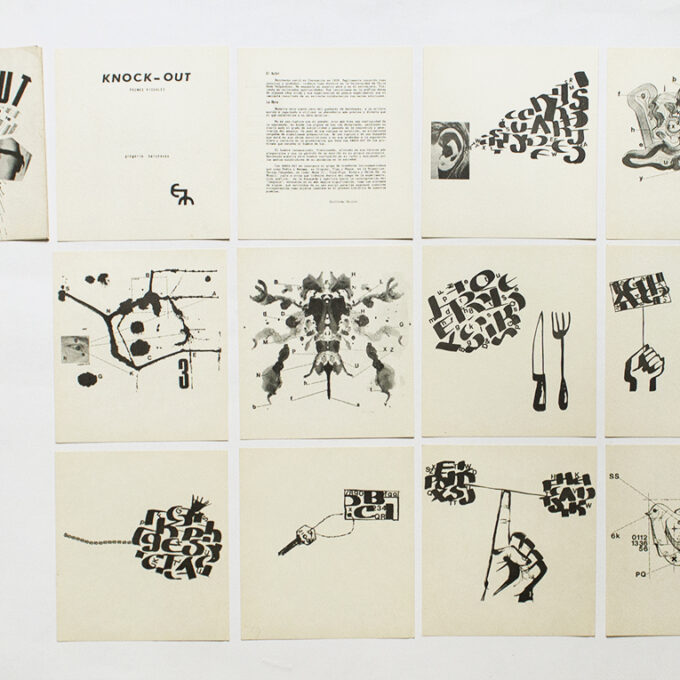

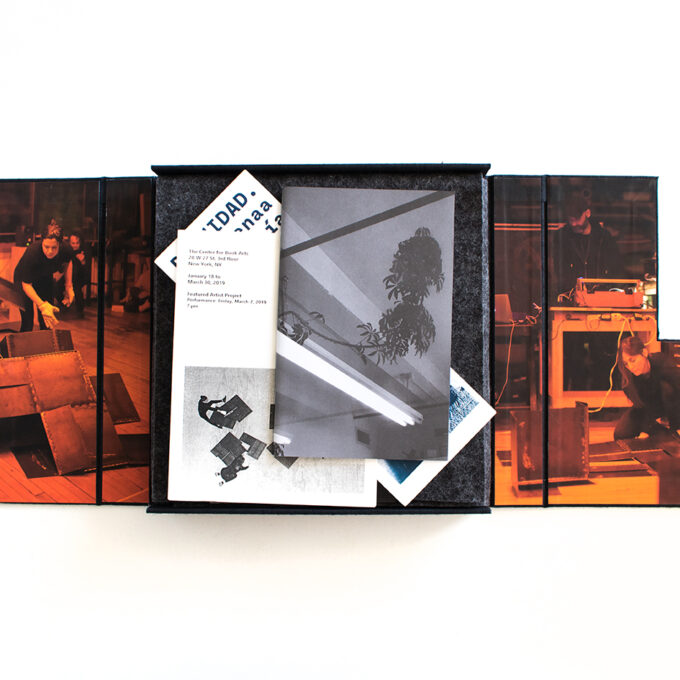
 No products in the cart.
No products in the cart.